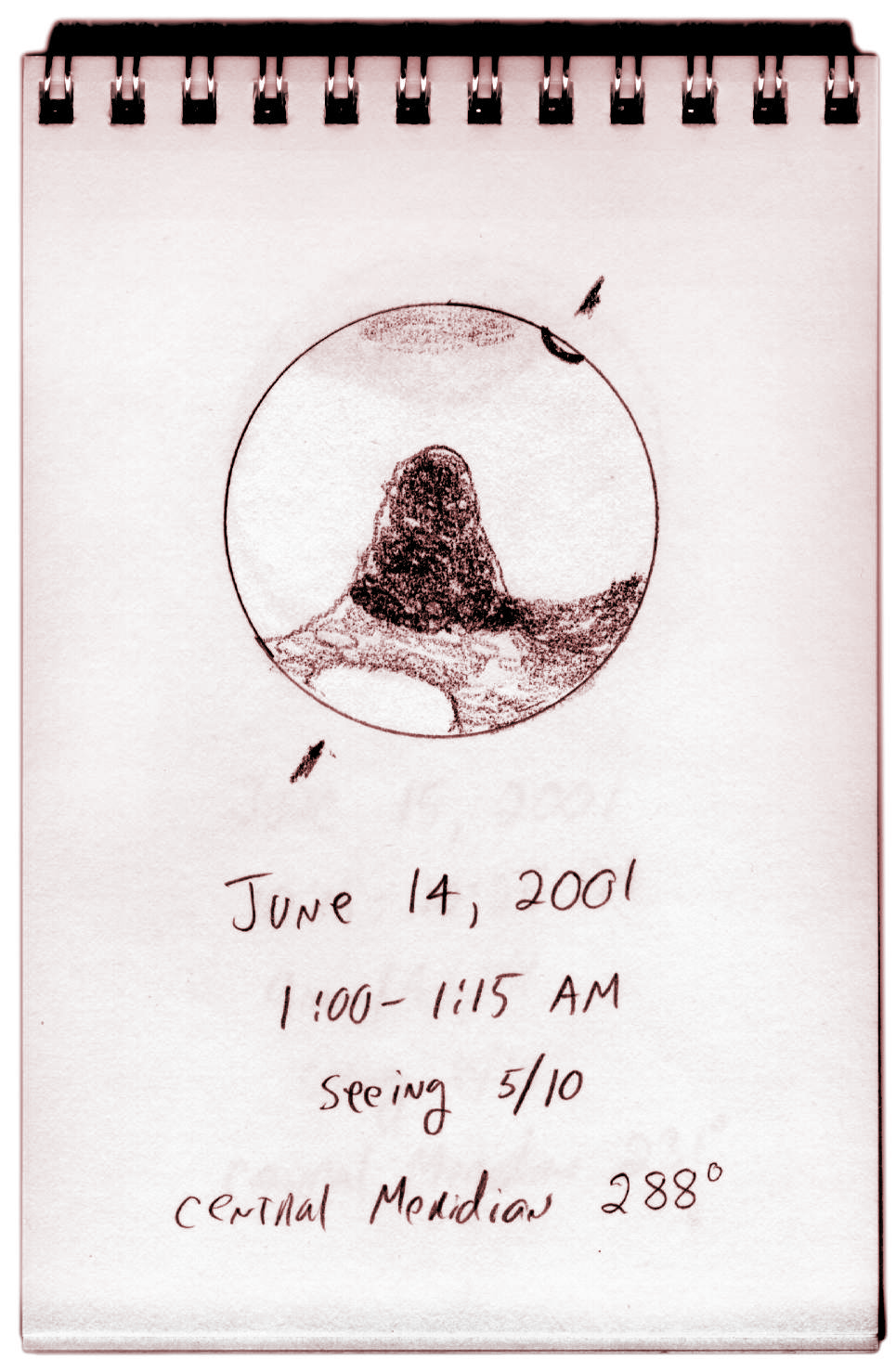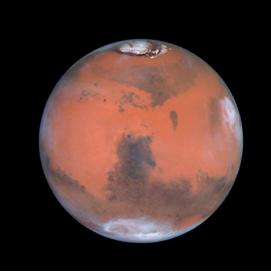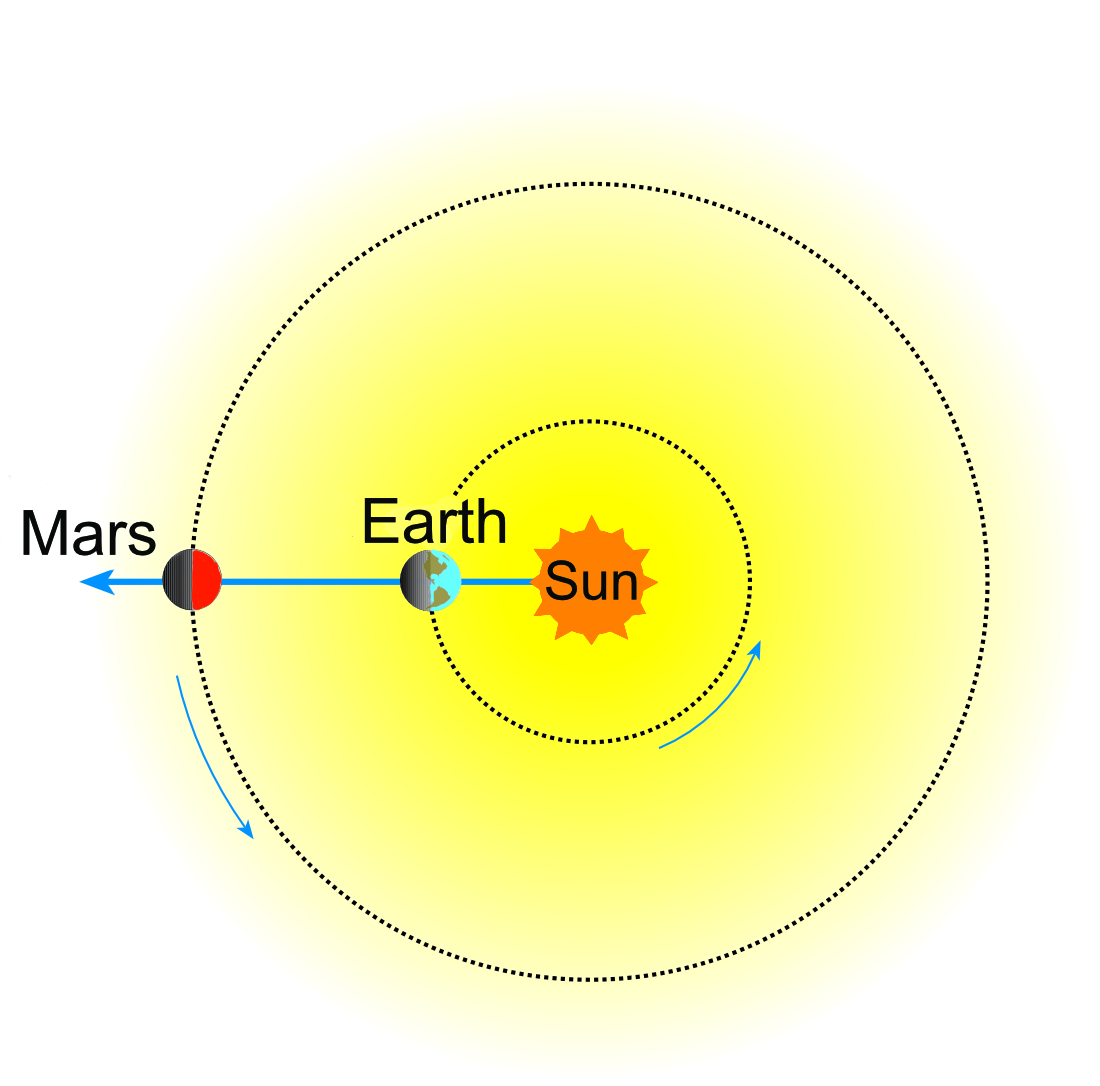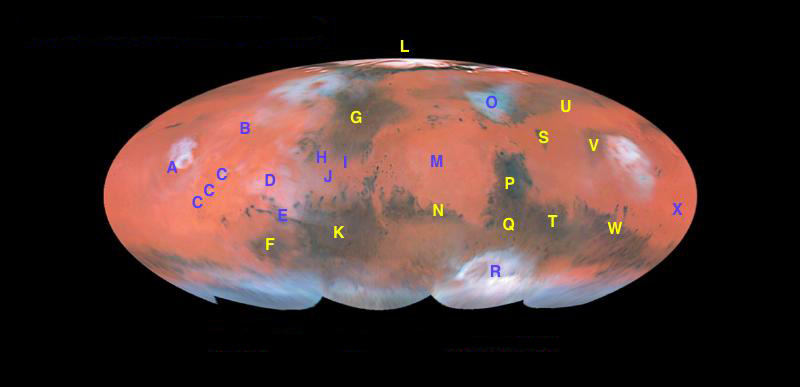Observing Mars
Mars will be very bright and closest to Earth around January 15, 2025.
It will, unfortunately, be on the smaller side compared to other close approaches. However, it’s magnitude will be a bright –1.4, the same as the star Sirius and Jupiter’s magnitude will be –2.6. Mars, Jupiter and Sirius will be in the sky at the same time. Around January 15, Mars will be rising in the east just as the Sun is setting. It will thus be very visible but low in the eastern sky 90 minutes after sunset—when the sky is very dark.
Upcoming years when Mars will be close to Earth AND bright!
December 2024–February 2025 • Best around January 15, 2025 • Size on the 15th will be 14.4 arc seconds
January–March 2027 • Best around February 19 • Size on the 19th will be 13.7 arc seconds
February–April 2029 • Best around March 25 • Size on the 25th will be 14.4 arc seconds
April–June 2031 • Best around May 4 • Size on the 4th will be 16.9 arc seconds
May–July 2033 • Best around June 27 • Size on the 4th will be 22.0 arc seconds
August–October 2035 • Best around September 15 • Size on the 15th will be 24.5 arc seconds


The best time to observe Mars in a telescope is when it gets close to the Earth, which is about every two years (see above dates). At this time it is very bright, rivaling Jupiter in brightness, and “big” in a telescope. Otherwise, Mars is fairly inconspicuous in the sky and rather small to observe details. On the above dates, you need to use a magnification of at least 100x and preferably more (up to 300x) but the higher magnifications are dependent on the steadiness of the atmosphere.
✓
Click here for a GREAT 3-D image of Mars' surface (by NASA)—you can move it around.
A drawing I made of Mars. The large white oval is the giant impact site called Hellas and it was shrouded in clouds.
Compare this photo to my drawing on the far left. No, I did not take this photo.

